THE VOLGA FEDERAL DISTRICT IS ATTRACTING TOURISTS WITH THE HELP OF THE HISTORICAL “VOLGA ROUTE”, ONCE A FAMOUS MEDIEVAL TRADE ROUTE BETWEEN THE STATES OF SCANDINAVIA AND THE ARAB WORLD.
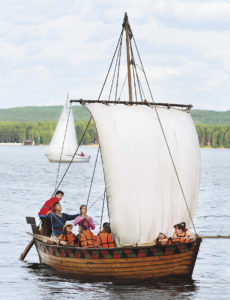
Until the 11th century, Old Rus’ traded with the East through Volga Bulgaria, an ancient Bulgar state centred on the confluence of the Volga and Kama rivers, which covered the modern Republics of Tatarstan and Chuvashia, and the Ulyanovsk, Penza and Samara Regions. Its history is ancient but the route is new – development began in 2016 – and naturally includes cities that were not yet on the map when that trade route was active, with the exception of perhaps Kazan, which is central to a number of packages currently on offer. In addition to the Kazan Kremlin, the famous Syuyumbike Tower, churches and mosques, the programme includes a visit to a Bulgar settlement, founded in the 10th century, to familiarize tourists with national colour and history. From Kazan tourists travel to Ulyanovsk, Lenin’s hometown, and Samara (where the theme of the trip changes dramatically, to old merchant mansions and Lenin museums) or to Yoshkar-Ola. The Republic of Mari El is another gateway to the Volga route: there are routes from Yoshkar-Ola to Kozmodemyansk and further to Cheboksary in Chuvashia. In the capital of Mari El, the main tourist sites are relatively new, and certainly unexpected: copies of the embankment of Belgium’s Bruges and the Spassky Tower of the Moscow Kremlin. In Kozmodemyansk you can learn about the culture of the Mari people by visiting the open-air ethnographic museum.
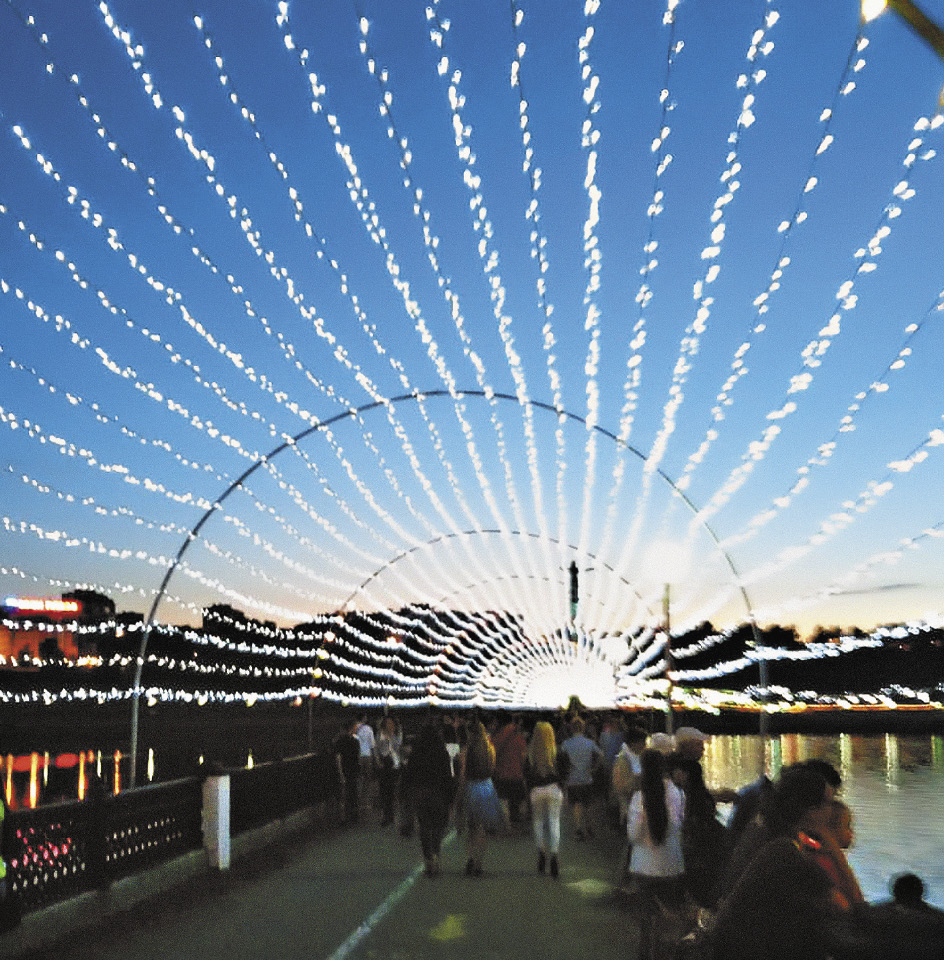
The Republic of Mari El is another gateway to the Volga route: there are routes from Yoshkar-Ola to Kozmodemyansk and further to Cheboksary in Chuvashia.
Leonid MARMER,
CEO of Intourist Thomas Cook:
Given the title of this route, I recommend travelling the Great Volga route by water. At the moment, several operators offer regular river cruises along the Volga. The route often starts in Moscow, where flights from many countries of the world arrive. By starting your journey in the Russian capital, you not only enjoy the beauty of the Volga – the main waterway of Russia – but also visit virtually all the major cities on the southern route. It is worth noting that a river cruise makes it possible to visit some cities of the Golden Ring (Yaroslavl, Kostroma, Plyos) as well as several cities of the Volga route (Nizhny Novgorod, Kazan, Ulyanovsk, Samara, Saratov, Volgograd, Astrakhan). River navigation operates only in the warm season – from May to September.
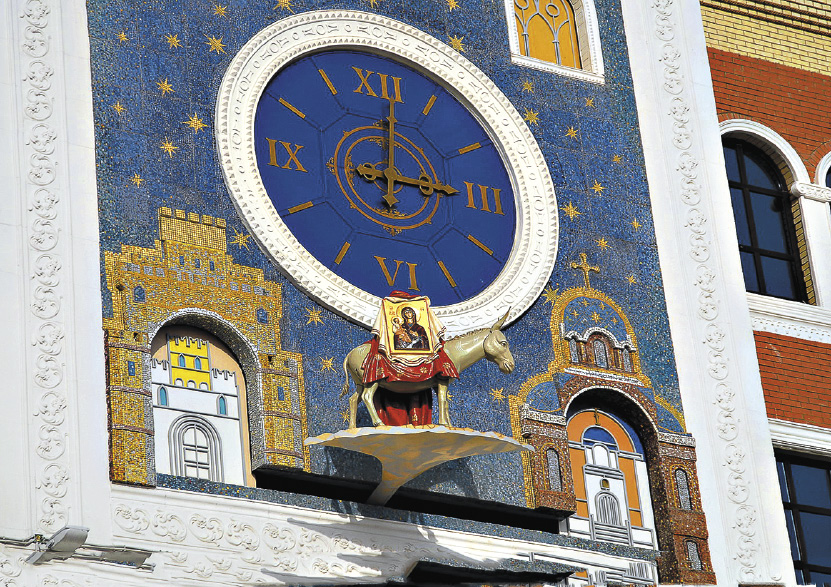
The route includes Togli-atti and Syzran, Nizhny Novgorod, Kirov and Perm, Penza and Saratov. Excursions and entertainment on these routes are very different: from tasting Zhigulevsky beer and the VAZ museum to Tarkhan, the estate of the great Russian poet Mikhail Lermontov. But the most interesting thing on the Great Volga Route is the opportunity to learn more about the life of the Tatars, Mari and Chuvash.
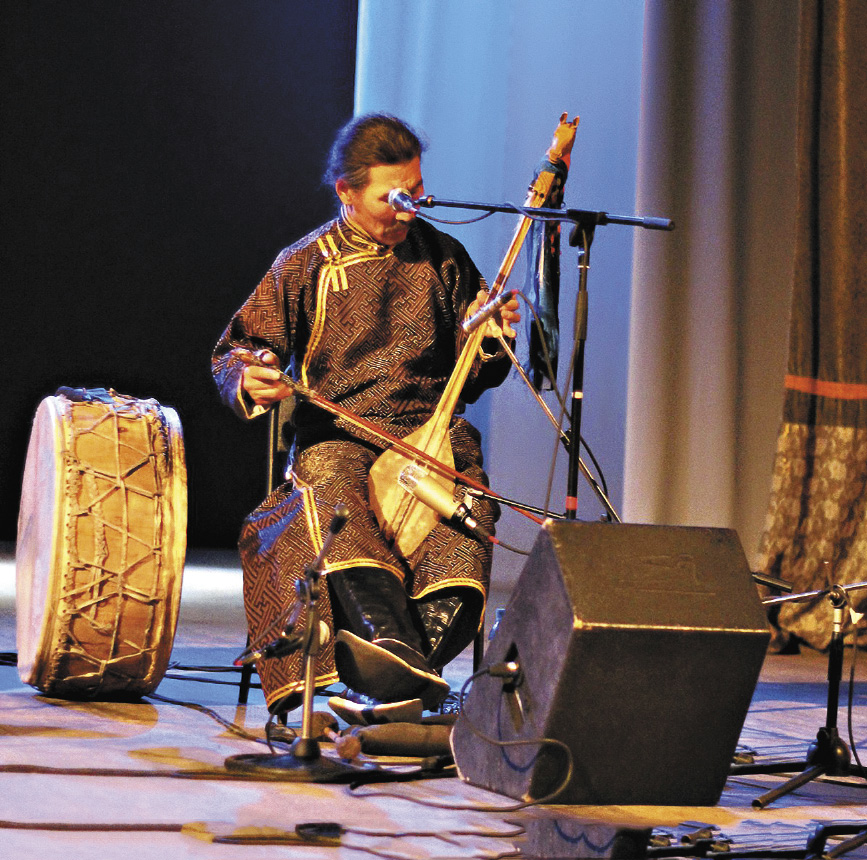
Kazan is a real paradise for gastronomic exploration. You can try soup with noodles – “tokmach” (aza in Tatar) -and differentpelmeni and pastries.
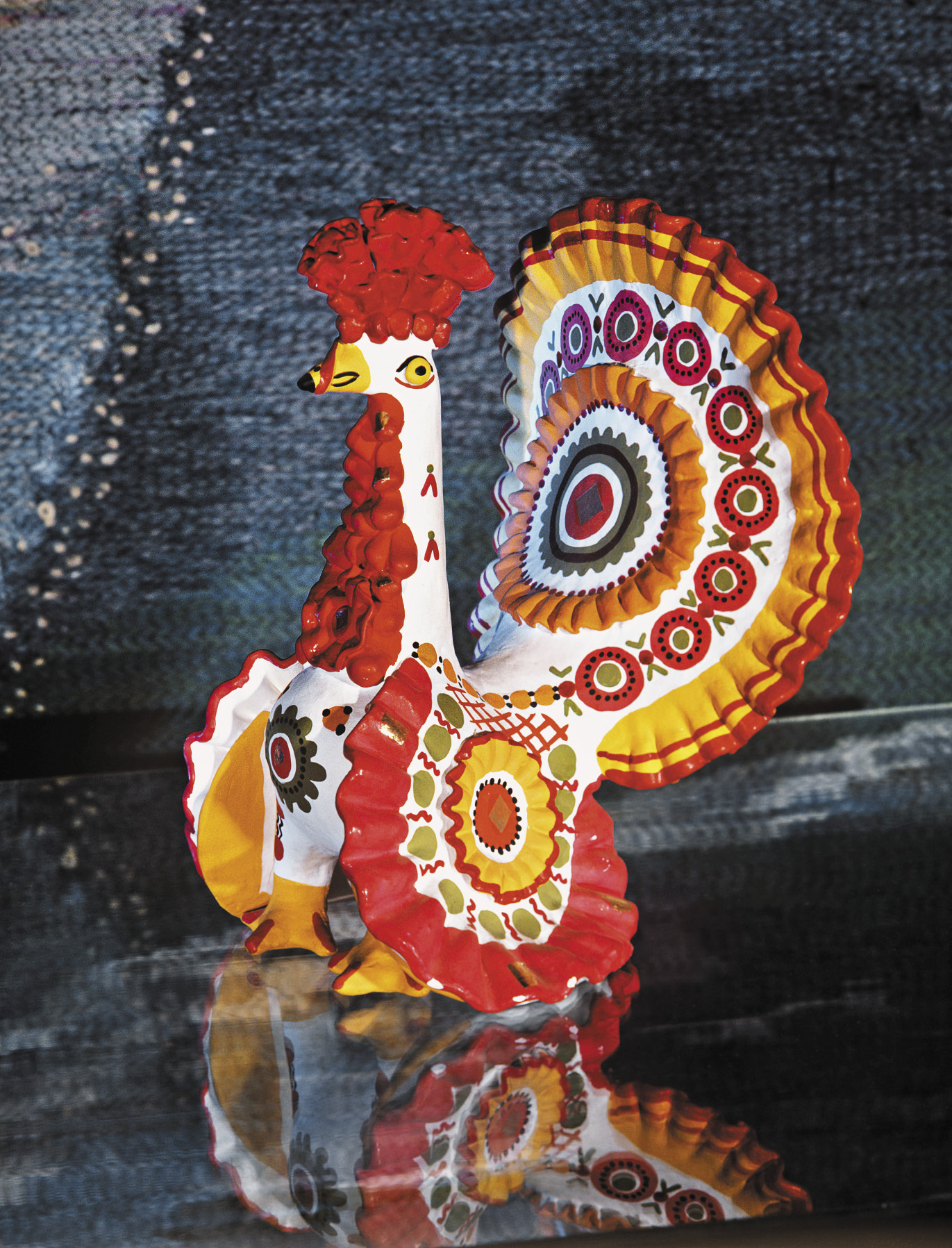
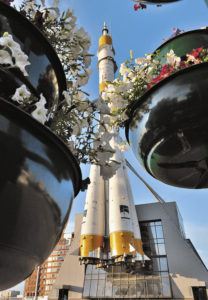
GETTING THERE
How to get there
It is most convenient to start a trip from Kazan, which an independent tourist can easily get to by car or train. From the museum-reserve “Bulgar Hillfort” you can take a boat along the Volga or a bus. The journey can be continued by going to Ulyanovsk (by car the trip will take three hours, by train or bus about six). Another option is to go to Nizhny Novgorod and further by car to Kozmodemyansk, Cheboksary and Yoshkar-Ola.
Where to stay
In Kazan, there are several five-star hotels, like “Mirage” (from $80) and Korston Royal (from $100). Four-star accommodation will be more expensive if you choose the “Riviera” hotel with its large aquapark (from $150 per night). In the three-star “Tatarstan” rooms start at $45. The most luxurious hotel in Ulyanovsk is the five-star “Imperial Club Deluxe” in Alexander Park, from $83 per night, while in three-star hotels like “Venets” and “Oktyabrskaya” rooms are about $30-40.
Where to eat
Along the Volga route, you need to discover Tatar cuisine, and in Kazan there are a lot of opportunities for such gastronomic research. Tokamach (aza in Tatar), a soup with noodles, and different types of dumplings and pastries (echpochmak, elesh, kystyby) are recommended. In the “Panorama” restaurant these are all available with a view of the historical centre, and in the “Tatar Estate” you can buy souvenirs at the same time. Mari cuisine is a more exotic phenomenon, and in Yoshkar-Ola it is worth visiting the “Warm River” tavern or the more modest “Sandal” cafe to try their dumplings with different fillings.
What to buy
From Tatarstan tourists can take home edible souvenirs, such as Tatar sweets or horse meat sausage. Lovers of ethnography can find all the elements of traditional Tatar costumes, including skullcaps, the famous kalfak headdresses for women, leather slippers with elongated toes, or unusual felt boots from the Kukmorsky felt factory. In Mari El you can find national dolls, amulets and clothes with traditional embroidery, but often tourists limit themselves to figures of Yoshkin cat and souvenirs with the image of this strange animal.

